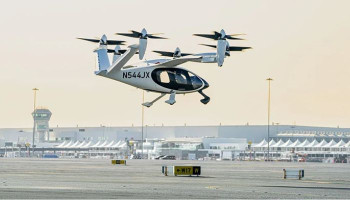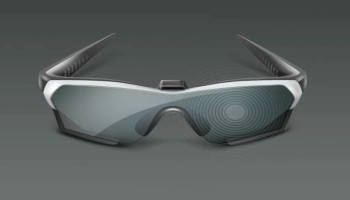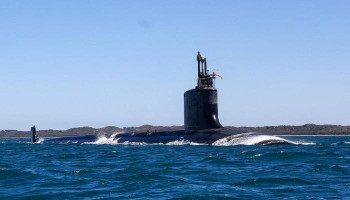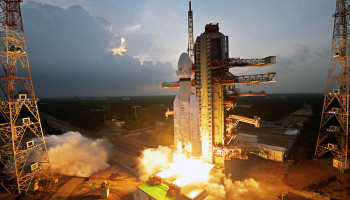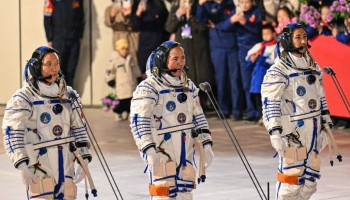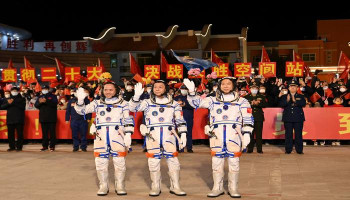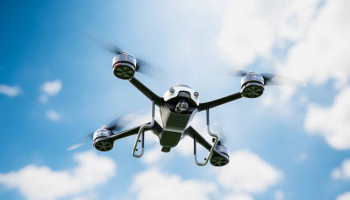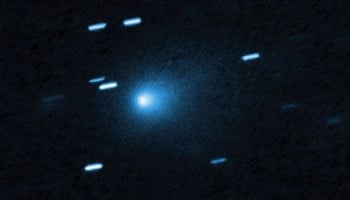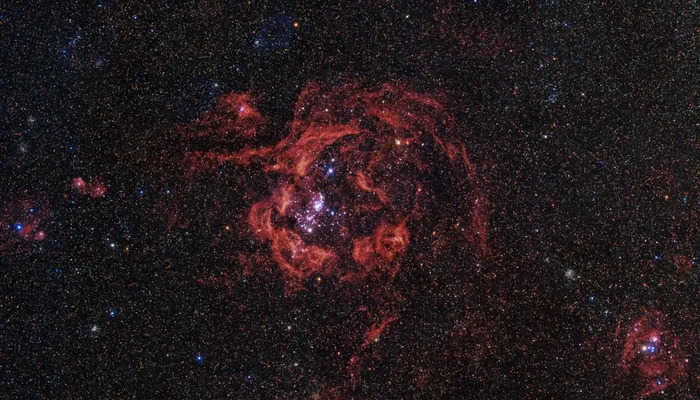
The Hubble Space Telescope captured a breathtaking portrait of our closest galactic neighbour, the Andromeda Galaxy.
This galaxy lies 2.5 million light-years away. Thus, this overwhelming view reveals its rosy red structures, spiral arms, and star-studded regions.
Andromeda Galaxy
The Andromeda Galaxy has roughly the same mass as our home galaxy, the Milky Way, but spreads its material over a wide disk that measures 152,000 light-years across.
This new Hubble image shows this northeast corner of the galaxy in all of its glory, with its tangled mixture of spiral arms threaded with shockwaves of star birth. It is amazing how vast the galaxy is but with so much detail inside it.
Secrets of Andromeda
Using the Advanced Camera for Surveys and Wide Field Camera 3 on Hubble, the scientists studied the galaxy's colossal census of stars-the needed tool to probe into the stellar history of Andromeda and its diversity.
Moreover, by studying these stars scientists aim to enhance a better understanding of the stellar formation and evolution in galaxies like our own across the Universe. This is the only way how we are going to reach a deeper understanding of the cosmic forces sculpting these galaxies into the shapes we see today.
A cosmic collision course?
Andromeda is thought to be falling toward the Milky Way because of gravitational forces and is expected to have a head-on collision in 2 billion to 4 billion years.
But new research brings this collision theory into question, leaving the future for these galaxies not so certain. As we continue to study the universe, we might find other surprises regarding the secrets of our cosmic neighbourhood.







